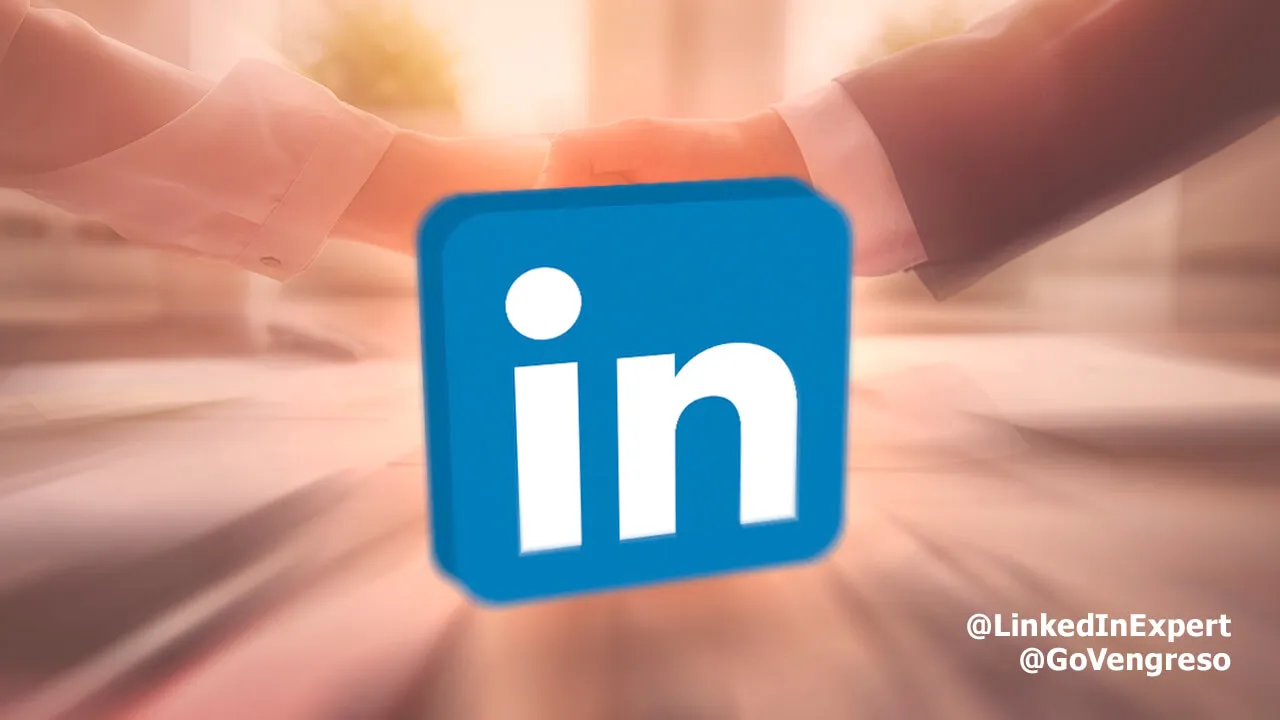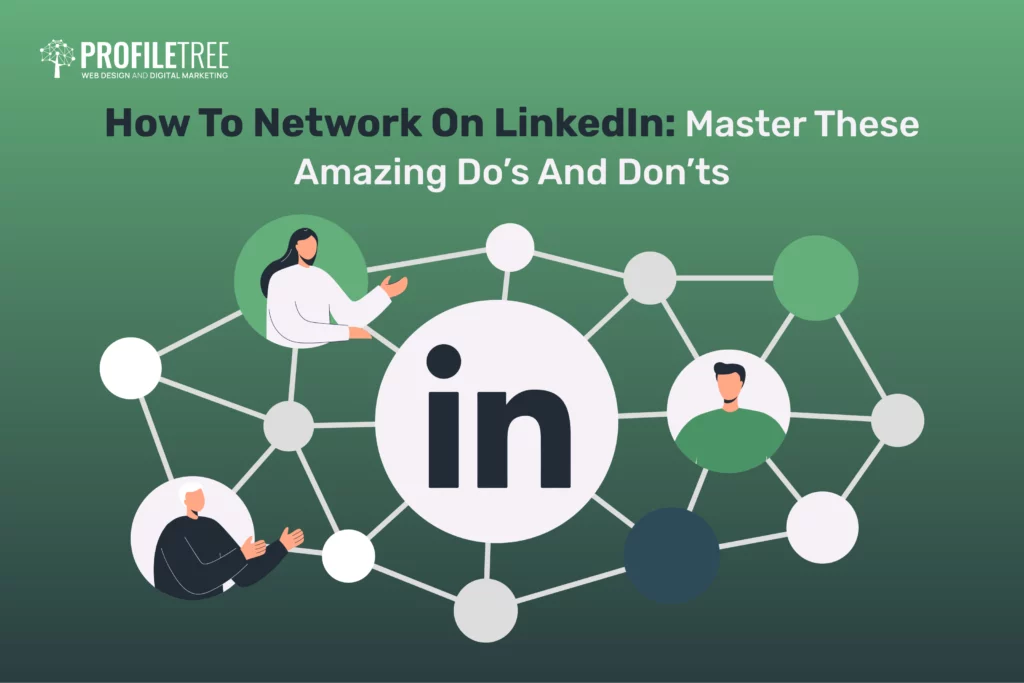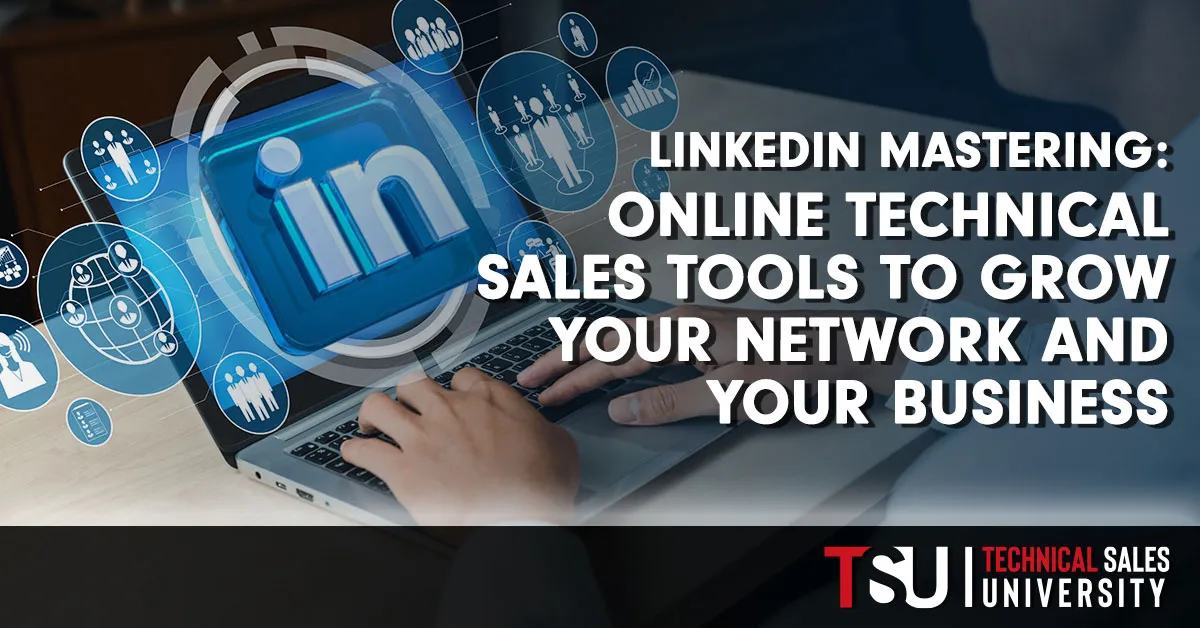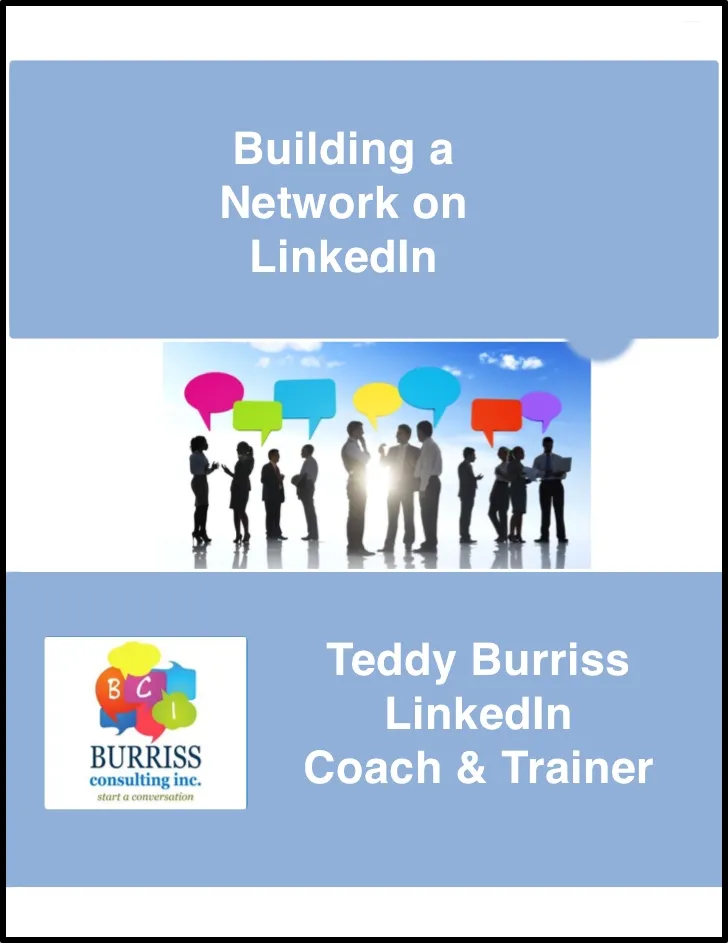LinkedIn has transformed the way professionals network, and introductions play a pivotal role in this process. Think of LinkedIn introductions as a bridge connecting two individuals in a vast ocean of opportunities. They not only facilitate communication but also enhance your credibility as a connector. When you introduce two people, you're essentially vouching for both parties, which can significantly strengthen your professional reputation.
Now, why should you care about making introductions? Here are a few compelling reasons:
- Expands Your Network: Every introduction you make can lead to new connections for you as well. As your network grows, so do the opportunities available to you.
- Creates Value: By facilitating introductions, you're providing value to both parties, which can lead to mutual benefits down the line.
- Builds Relationships: Making introductions fosters rapport not just between the individuals being introduced but also enhances your relationship with them.
- Establishes Yourself as a Connector: Being known as someone who brings people together can enhance your professional image and open doors for you in the future.
In summary, mastering LinkedIn introductions is not just about making connections; it’s about fostering relationships and creating an environment where everyone benefits. The better you become at making introductions, the richer your professional network will be.
When to Introduce Someone on LinkedIn

Knowing when to introduce someone on LinkedIn can be just as crucial as knowing how to do it. Timing can make a world of difference in how effective your introduction will be. Here are some scenarios where making an introduction can be particularly beneficial:
| Scenario | Reason for Introduction |
|---|---|
| When Two Professionals Share Common Interests | They can collaborate on projects, share insights, or even become mentors to each other. |
| When Someone is Seeking Job Opportunities | If you know someone hiring or who works in the desired company, an introduction could lead to a job interview. |
| When Two People Can Provide Mutual Benefits | Connecting individuals who can help each other grow professionally can lead to a long-lasting relationship. |
| When Someone is Looking for Industry Insights | If you know an expert in a specific field, introducing them to someone seeking knowledge can be invaluable. |
In addition to these scenarios, consider making introductions when you feel a genuine connection between the two parties. If you believe they would get along or benefit from each other, don’t hesitate to step in. Remember, a well-timed introduction can lead to amazing opportunities for everyone involved!
Also Read This: Understanding Rumble Trainers' Earnings and Influencing Factors
How to Craft a Thoughtful Introduction Message

When it comes to networking on LinkedIn, your introduction message is your first impression. A well-crafted message can open doors and create opportunities, while a poorly written one may lead to missed connections. So, how do you create a thoughtful introduction message that stands out? Let's break it down.
Start with a friendly greeting. Use the person's name and make your tone warm and inviting. For example:
- Hello Jane,
- Hi Mr. Smith,
Next, introduce yourself briefly. Mention your current role, your company, or any mutual connections you may have. This helps establish credibility. For instance:
“I’m a marketing specialist at XYZ Corp, and I noticed we both follow the same industry influencers.”
Then, express your purpose for reaching out. Do you want to learn more about their work? Are you seeking advice in a specific area? Be clear and concise about your intentions:
“I’m really interested in your approach to digital marketing strategies and would love to hear your thoughts.”
Finally, close with a call to action. This could be an invitation to connect, a request for a short chat, or even a simple thank you for considering your message:
“Would you be open to connecting? I’d appreciate any insights you can share!”
Remember to keep your message friendly and professional. Personal touches go a long way, so don’t hesitate to reference something specific about their profile to show you’ve done your homework!
Also Read This: How to Embed a YouTube Video in Canvas for Teachers and Students
Best Practices for Making Connections on LinkedIn

Making connections on LinkedIn isn't just about clicking "connect" on random profiles; it’s about building meaningful relationships. Here are some best practices to keep in mind:
- Personalize Your Connection Requests: Always personalize your connection requests. A simple note indicating why you want to connect can significantly increase your acceptance rate.
- Engage with Content: Before reaching out, engage with the person's posts or articles. Like, comment, or share their content. This shows genuine interest and sets the stage for your introduction.
- Be Specific: When sending a request, mention something specific that prompted you to connect. It could be a shared interest, a mutual connection, or a recent achievement of theirs.
Here’s a quick table summarizing these best practices:
| Practice | Description |
|---|---|
| Personalize Requests | Add a note to explain why you want to connect. |
| Engage with Content | Interact with their posts to show genuine interest. |
| Be Specific | Mention common interests or connections in your message. |
Lastly, be patient and respectful. Not everyone will respond immediately, and that’s okay! Keep your networking efforts consistent, and you'll start to see the benefits over time.
Also Read This: Master Umbrella Dress Cutting Techniques with Dailymotion Video Guidance
Common Mistakes to Avoid When Introducing Contacts

When it comes to making introductions on LinkedIn, there are several pitfalls that can hinder the effectiveness of your networking efforts. By steering clear of these common mistakes, you can ensure that your introductions are both professional and impactful.
- Being Vague: One of the biggest errors is providing insufficient context. Avoid generic phrases like "This is my friend, Jane." Instead, include specific details such as Jane’s expertise, her current role, and why the introduction is beneficial.
- Overloading with Information: On the flip side, while context is important, too much information can overwhelm the recipient. Stick to the highlights that showcase the value of connecting.
- Neglecting Personalization: A cookie-cutter introduction can feel impersonal. Tailor your message to reflect the unique interests and needs of each party involved.
- Forgetting to Ask for Permission: Always ask both parties if they’re okay with the introduction. This shows respect for their privacy and allows them to prepare for the conversation.
- Lack of Follow-Up: Failing to follow up after the introduction can leave both parties feeling disconnected. A simple message checking in can keep the momentum going.
By avoiding these common mistakes, you can make sure that your introductions are effective and foster meaningful connections.
Also Read This: How to Switch YouTube from Dark Mode to Light Mode
Following Up After the Introduction
Once you’ve made an introduction on LinkedIn, the next crucial step is to follow up. This not only solidifies your role as a connector but also encourages continued engagement between the individuals you introduced.
- Timing is Key: Aim to follow up within a week of the introduction. This keeps the conversation fresh in everyone’s mind.
- Check In: Send a brief message to both parties, asking if they had the chance to connect. You could say something like, “Hi [Name], just checking in to see how your conversation with [Other Name] went!”
- Encourage Further Interaction: If the initial meeting went well, suggest they continue the dialogue. You might even propose a follow-up meeting or coffee chat.
- Share Additional Resources: If you have any relevant articles, tools, or insights that could benefit either party, don’t hesitate to share. It shows you’re invested in their success.
- Ask for Feedback: Inquire about how the introduction went and what you could improve for future introductions. This not only helps you grow but also shows you care about their experience.
Following up is not just a courtesy; it’s a critical step in building lasting relationships. By nurturing these connections, you create a network that’s not only extensive but also meaningful.
Also Read This: How to Make Money on Rumble with Monetization Options
Mastering LinkedIn Introductions for Effective Networking
In today's digital world, LinkedIn has become the go-to platform for professionals seeking to expand their networks. A powerful tool for making meaningful connections, mastering LinkedIn introductions can significantly enhance your networking efforts. Here are some essential tips to help you craft effective introductions on LinkedIn:
- Personalize Your Message: Always customize your introduction message. Mention how you found the person and why you want to connect.
- Be Clear and Concise: State your purpose clearly. Avoid lengthy messages; aim for a brief introduction that captures attention.
- Highlight Mutual Connections: If you share connections, mention them. This establishes credibility and trust.
- State Your Intent: Whether you’re seeking advice, collaboration, or simply expanding your network, be upfront about your intentions.
- Follow Up: If the person accepts your invitation, send a follow-up message thanking them for connecting and suggesting a potential conversation.
Consider the following table for structuring your introduction message effectively:
| Component | Description |
|---|---|
| Greeting | A friendly hello, addressing the person by name. |
| Personal Touch | Reference a common interest or connection. |
| Purpose | Clearly state why you are reaching out. |
| Call to Action | Suggest a follow-up or a meeting to discuss further. |
By mastering the art of introductions on LinkedIn, you can foster stronger professional relationships and leverage your network for mutual growth. Thoughtful and personalized outreach opens doors to opportunities and collaborations that can shape your career trajectory.
Conclusion: Building a Stronger Network Through Thoughtful Introductions
In conclusion, taking the time to craft tailored introductions on LinkedIn is essential for building a strong network and establishing meaningful connections in your professional journey.